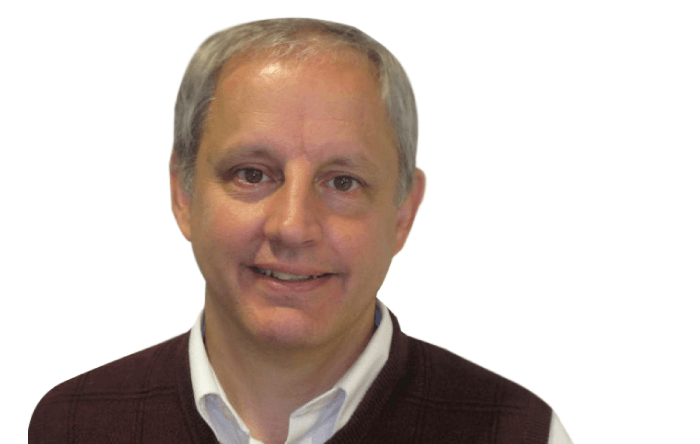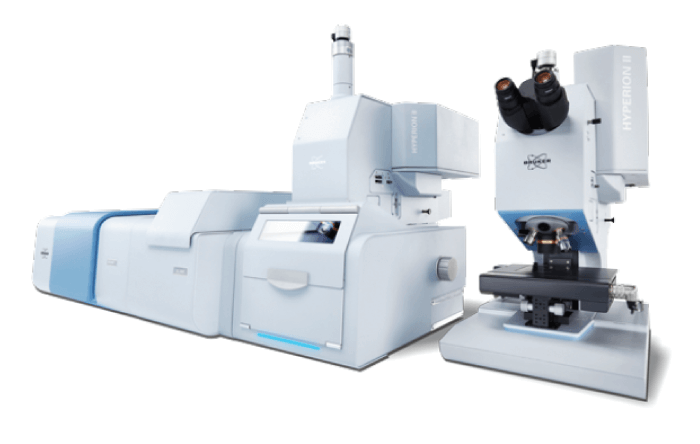When contemplating how to take Hyperion to the next level, we realized it had the potential to make a big difference in the microanalysis community, but we needed to go back to the drawing board and incorporate several new technologies.
One of the major issues in spectroscopy is that you’re always working in one of two different regimes: noise-limited and signallimited. If you’re in a noise-limited regime, the molecules are all illuminated and you need to see the average to improve your detection limits. Here, the noise of the detector and the system in general is crucial; the sensitivity for getting more photons isn’t important. In a signal-limited regime, you’re looking at potentially thick samples (in microfluidics, for example, where water is absorbing and impeding flow) and you need to “turn on the lights” with a longer pathlength. This requires a brighter source.
Our bright spark originated from our acquisition of IRM2 four years ago. IRM2 developed the important interface to quantum cascade laser (QCL) technology we incorporated into Hyperion II. This technology delivers brightness orders of magnitude greater than before, vastly improving the pathlength. As a result, users can analyze large areas rapidly even in a signal-limited regime – the size of a business card in a few minutes, for example, which is previously unheard of at five microns’ spatial resolution.

Bright sources tend to be narrow in spectral coverage. So if you’re not in a signal limited regime, why not use a glowbar? It has low noise, with noise being further reduced by averaging and has excellent spectral coverage. We felt strongly that the Hyperion II needed to be capable in both signal- and noise-limited regimes. So, with the flick of a switch in the software, you can collect an image with either traditional FTIR source-based imaging or the QCL laser source – and the software seamlessly manages handling the data.
It’s also worth noting that these are large datasets – you’re talking millions of spectra. If you’re looking at microplastics or tissue characterization, the file sizes can also be very large. To combat this, we implemented another new feature – active image processing. As an image comes off the hopper, one monitor shows the results while the computer simultaneously does a metric analysis.
We did not develop Hyperion II for innovation’s sake alone. The combination of FT-IR and QCL technology will provide new opportunities for researchers in a wide range of fields, including pharmaceuticals, forensics, polymers and plastics, semiconductors, and more. But there’s one field in particular that will benefit – microplastics, one of the greatest obstacles currently facing mankind. In fact, throughout the development of this product, we worked closely with groups in the US and Europe to ensure the device could be used by non-experts in the microplastics field, who need to be able to analyze a lot of data quickly, accurately, and with a high signal-to-noise ratio.

Having been involved in trying to incorporate bright sources into a spectrometer for over a decade, I can tell you that simultaneously ensuring stability, coverage over the spectral range, and cost-effectiveness is not easy! To have accomplished this goal is a real technical achievement, and I’m proud to have been part of the team.
This combination of technological innovation in microscopy and real practical application is what has made working on the development of the Hyperion II one of the highlights of my career. I’m excited to see what doors it will unlock for researchers in the near future!





